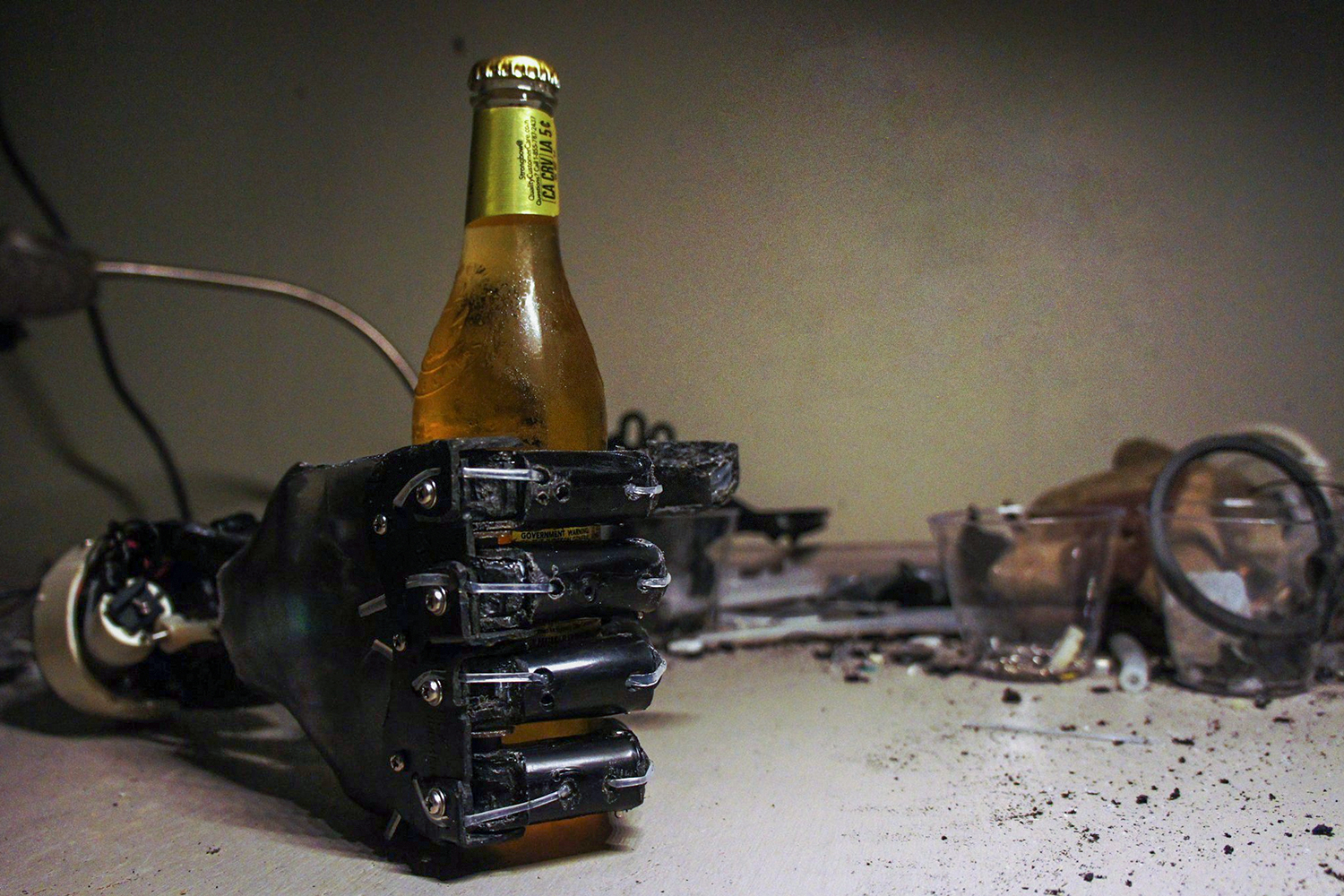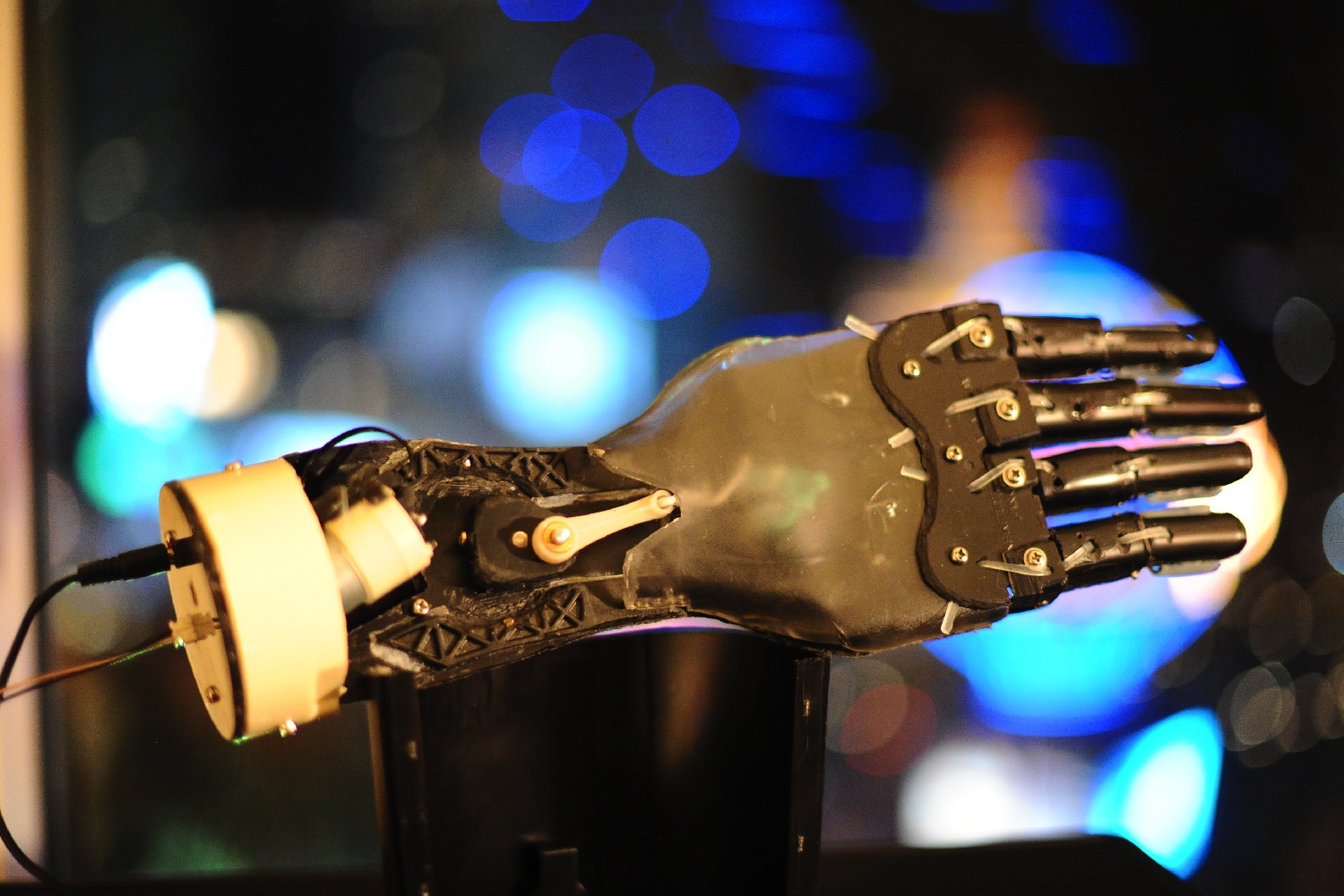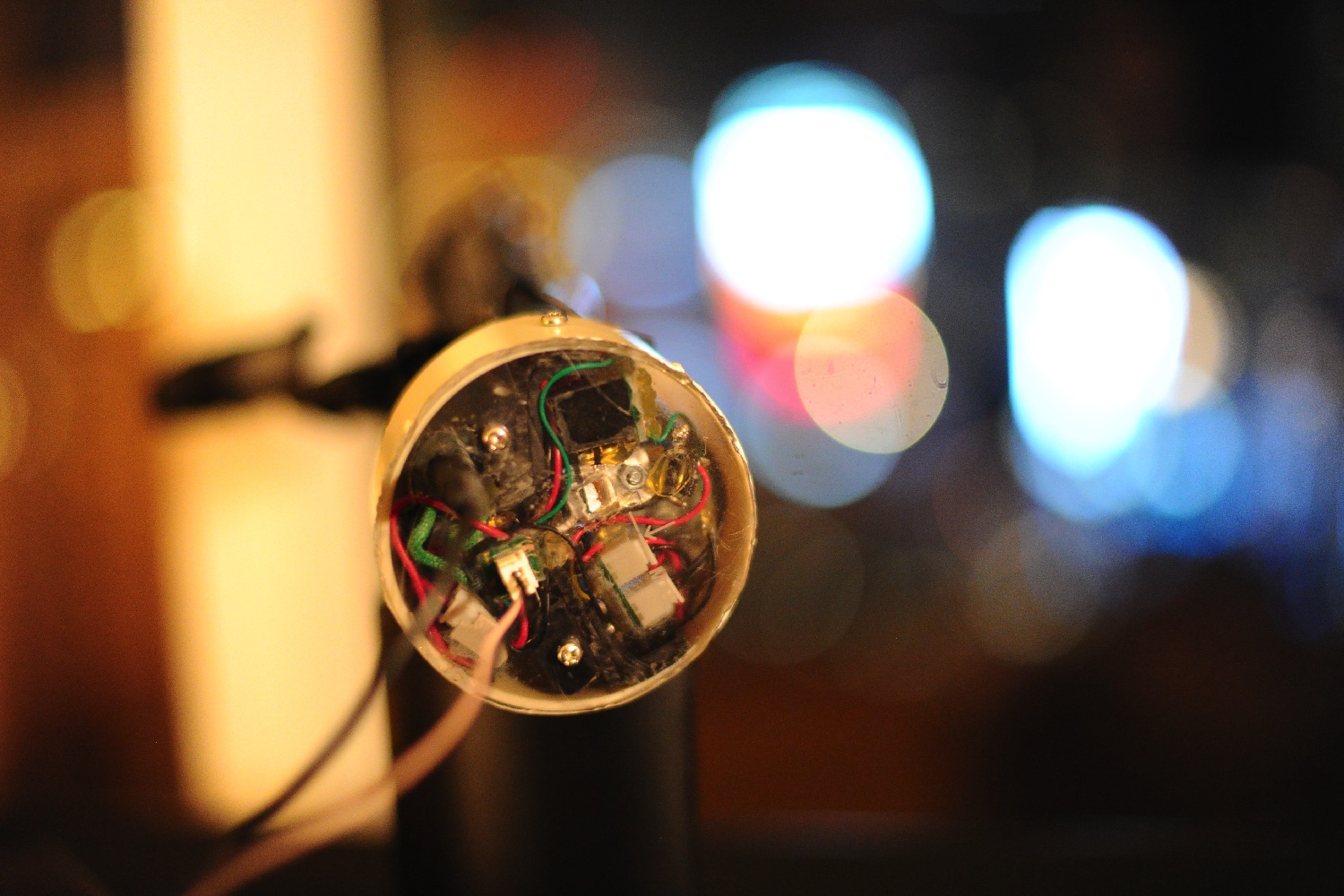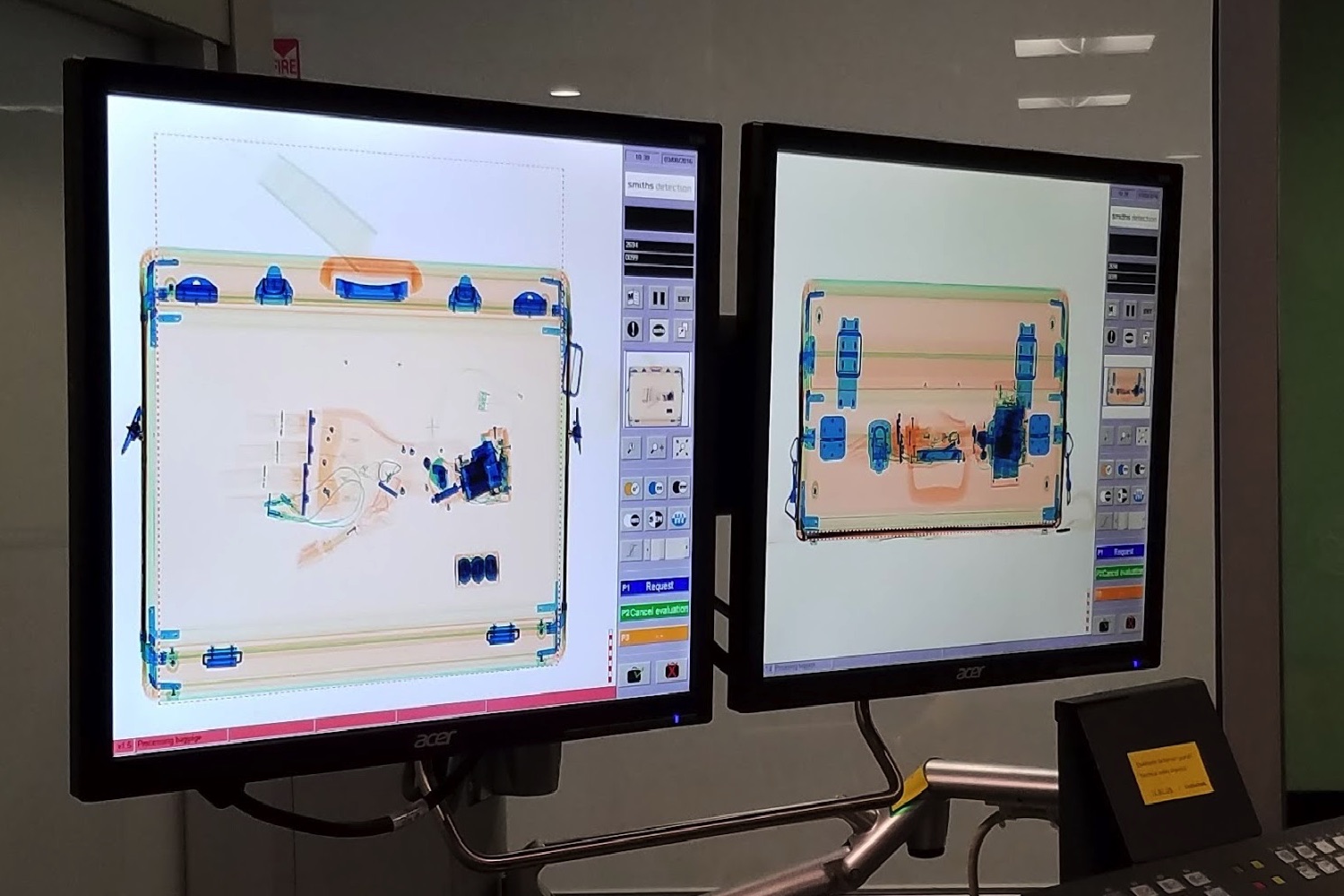Over the course of roughly 199 hours, 56 minutes, and 36 seconds, Booth recently transformed said coffee maker into what he described to Digital Trends as a “proof-of-concept bionic prosthesis designed to give transradial amputees limited hand functionality.” And if that wasn’t cool enough, he named it Hedberg!
“In May of 2015, it was estimated that a pod-based coffee maker could be found in nearly one in three American homes,” Booth told us. “As you probably know, these devices are hardly impervious to mechanical and/or electrical failure, which often results in the whole unit getting tossed. We’ve created a situation where we have extremely prevalent hardware filled with a wide variety of easily repurposable components that get pitched far too early in their lifecycle. I wanted to show how much potential was locked away in a device I could find in a third of American homes.”
Booth certainly did that. His bionic hand, he proudly notes, required only one single Keurig, with the only non-Keurig materials being adhesives and a 12v external power supply. As hard as it is to believe, he says there wasn’t even an exact plan about how to build Hedberg — just a “general idea of how things should be constructed.”
But surely he’s now squeezed every bit of functionality out of this particular coffee maker, right? Not so fast! As it turns out, a working bionic hand is just the tip of the iceberg when it comes to Booth’s dreams about reconfiguring everyday Keurig coffee machines into infinitely cooler DIY hacks.
“Hedberg is just the first installment in an ongoing project I’m calling ‘Jittery MacGyver,’ whose ultimate goal is to suss out just how much potential is locked away inside one single, garden-variety Keurig,” he said.
It doesn’t hurt that the resulting time-lapse video is weirdly beautiful, too!







